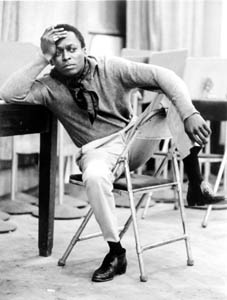The Hermeneutic of Doubt







I finally had a chance to see Doubt last night with my good friend Tamie, and I was quite intrigued.
The plot: A strict, curmudgeon principal at a Catholic elementary and middle school (Meryl Streep, in a role I think she was born to play!) confronts the priest (Philip Seymour Hoffman) with an allegation of an inappropriate relationship with one of the boys. The principal is tough and persistent, and in the end the priest resigns his position and leaves the church/school.
But here's the thing: the film leaves us with no indication as to who is right and who is wrong. That is, there is no resolution as to whether or not the priest had an inappropriate relationship with the boy. We are only left with...well.....doubt.
The priest affirms his innocence and never wavers. The principal never gives an inch, she has an iron will. There is never hard evidence to suggest which person's interpretation is correct. There is no scene of the film that would suggest whether or not the priest is guilty.
The film is something of a "Rorschach test." That is, the response of the interpreter is more significant than the film. The film has no "true meaning," in itself, and doesn't press an interpretation on the audience.
Take note, friends. It is not just another "open" film, in good postmodern style. Rather, the individual (or collective) viewer's response at each stage in the film is telling for their particular disposition to the themes, controversies, subjects, and characters of the film. While this is certainly true of all films, literature, works of art, etc., Doubt seems to deliberately set itself up in a Rorschchian style. In this way, I found it more psychologically interesting than most postmodern films that play on differences of perspective: Doubt seems to lend itself to both analysis of perspective but also one's own psychological disposition.
For example, how we interpret and psychologically relate to child abuse is a critical influence on how we will interpret the plot and characters, potentially surfacing issues related to how we posture ourselves toward predators or alleged predators. Also, one's perception of change and the rule of law influences our interpretation of which character is more sympathetic.
Additionally, and perhaps most interesting to me, there is the very intriguing question of how we process events and how we look for truth. The principal is operating solely on the certainty that she generates from her will. There is a certain kinesthetic energy that she forces into her process of determining what is true and false. She believes that the priest is guilty. There is no doubt. This will certainly be viewed with suspicion by most Westerners, who (like myself) tend to look at "evidence" as being a greater support for processing the world and determining truth and falsity. I imagine that the principal's "certainty of the will" will be viewed with suspicion by most, but certainly not all.
The hermeneutic of Doubt intrigued me. I look forward to multiple viewings in the future. The religious themes of faith and doubt are also woven into the narrative in a thoughtful and intelligent manner, providing plenty of food for thought and topics for discussion.







3 comments:
Wow, that thing about the Rorschact test is quite the insight. Hm. I wonder what genius could have thought that up! Wait....it was a collaborative effort, wasn't it?
Hhhhmmm.....yes, the Rorschact reference was originally yours, Tamie, however, as I recall, someone brought it to your attention, no? So, who should I credit that reference to?
Weeellllll.......
Harumph!
(Caislin gets the credit.)
Post a Comment